The Internet of things (IoT) has taken our world by storm. It is the basis of what is known as the intelligent industrial revolution. In one of our previous articles, we discussed IoT, its structure, and top application domains. This article will cover the most commonly arising queries related to this topic. Let’s get started.
- When IoT was invented
- Where IoT is used
- Are IoT devices secure?
- Are IoT devices embedded systems?
- Are IoT and digitization the same
- How IoT works
- How an ecosystem of digital devices is created with IoT
- Why IoT is important
- Will IoT impact sustainability?
- Which IoT platform is best
- Can IoT work without the internet?
When IoT was invented
IoT has revolutionized how we interact with our surroundings. Due to IoT, it is possible to connect physical devices, such as smartphones and tablets, to the internet. But when was IoT actually created?
The concept of IoT was first introduced in 1999 by Kevin Ashton, a British technology pioneer. He coined this term to describe a system where everyday objects could be connected to the internet and communicate with each other. This concept has evolved into what it is today – a network of interconnected devices that are transforming our daily lives.
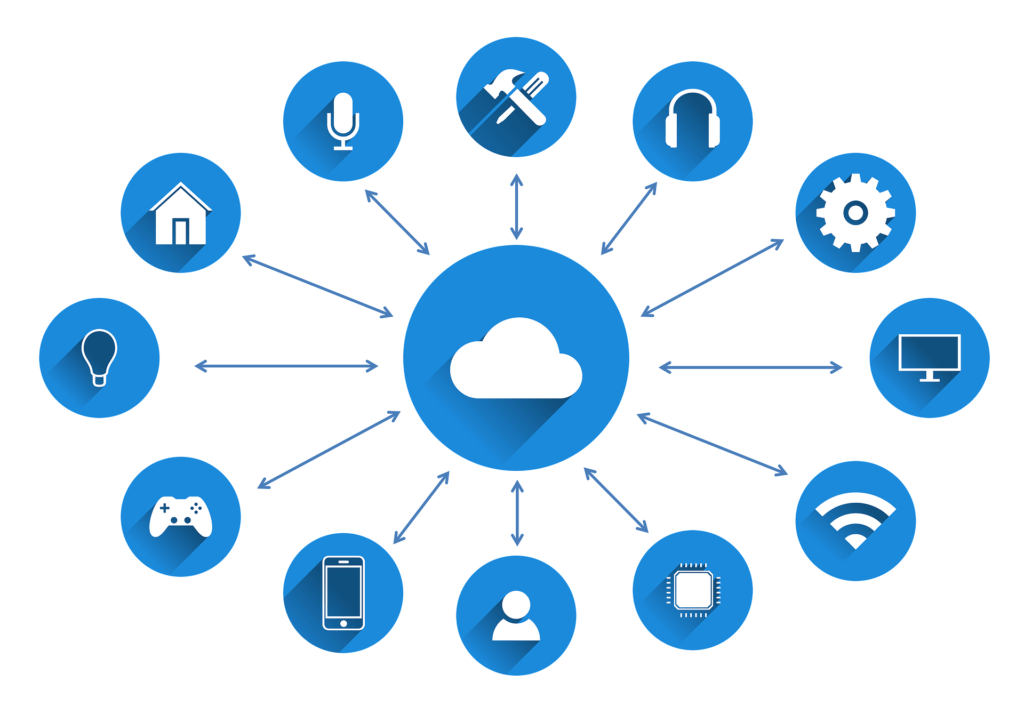
Where IoT is used
In this age of technology, the Internet of Things is becoming more and more prevalent. It is a grid of physical devices, vehicles, home appliances, and other items embedded with electronics, software, sensors, actuators, and connectivity that enable these objects to connect and exchange data.
It can be found in all aspects of our lives, such as smart homes, smart cities, healthcare industries, businesses, entertainment industries, and transportation systems (self-driving cars). It can standardize how we interact with the world around us by providing exceptional levels of convenience.
The scope of IoT can range from monitoring our health to controlling our smart home appliances such as lighting or thermostats. Additionally, it provides businesses with valuable insights that can help them better understand their customers and optimize their operations.
A recent study has shown the IoTs’ capability in nanotechnology. When combined with nanotech, it can enhance data storage, the accuracy of sensors, long-lasting batteries, green energy projects, wireless communication, data security, and much more.
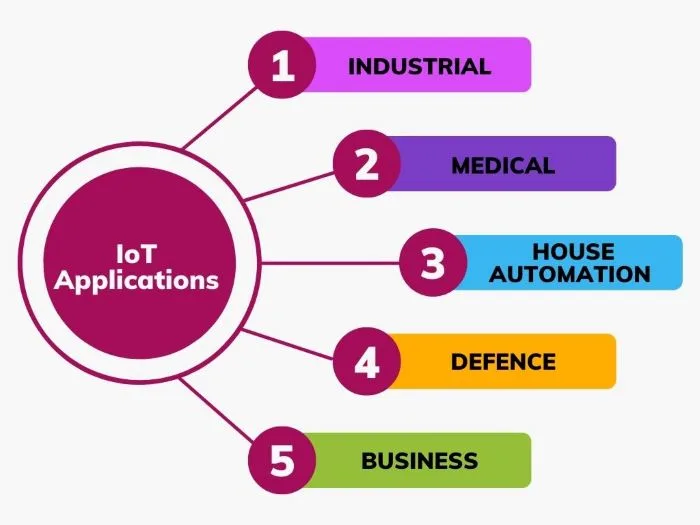
Are IoT devices secure?
As the Internet of Things continues to expand into homes, businesses, and other public services, the security of these devices has become an essential concern. The increasing number of connected devices and their lack of robust security measures make them vulnerable to cyber-attacks. Many smart devices lack built-in security. This industry is becoming the main target of hackers. Major industry leaders are working on developing secure solutions for IoT deployment, management, and regulation.
Refer to our article, on how to explore Cybersecurity modes and classes to learn about different types of digital attacks and how to prevent them.
Are IoT devices embedded systems?
IoT devices are embedded with sensors and software that enable them to send and receive data, allowing them to be monitored and controlled remotely. These are typically used in commercial, industrial, and consumer applications. As such, they can be thought of as embedded systems—computer systems that are built into a larger device or system.
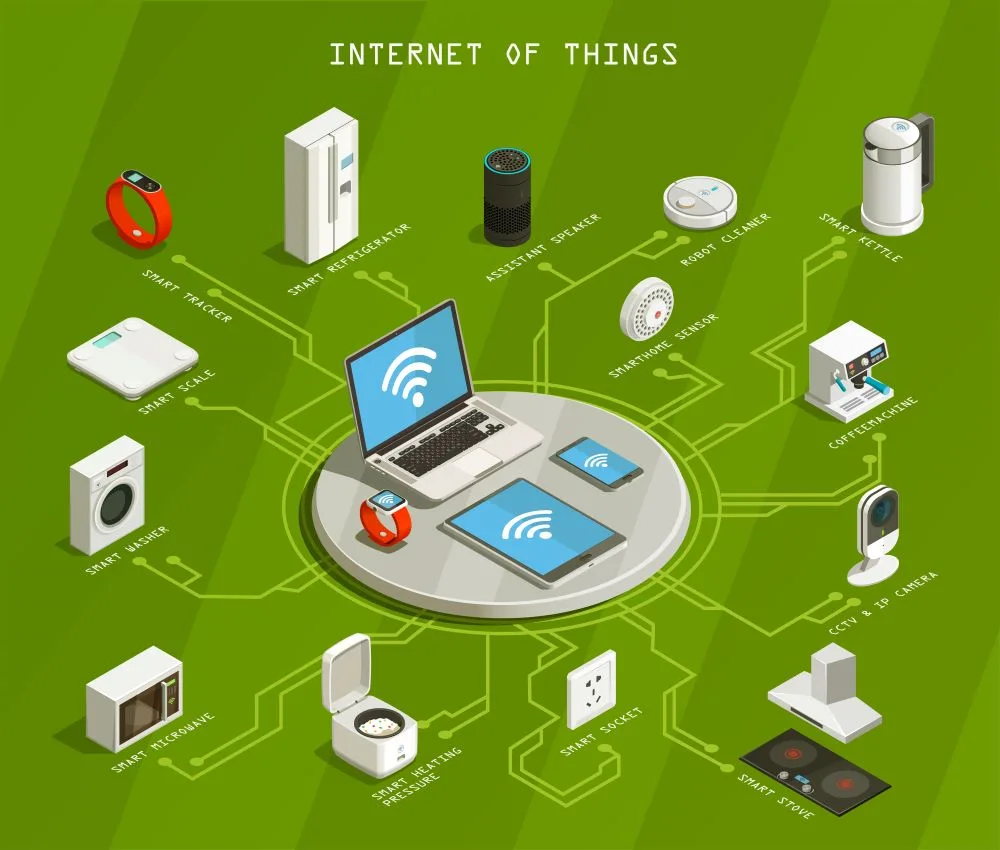
Are IoT and digitization the same
IoT and digitization are two commonly used terms in the same context, but they actually mean different things. IoT refers to the interconnection of physical objects or devices with the internet. It primarily collects data from various devices and then processes it to make decisions or take action. On the other hand, digitization means converting information from its physical form into a digital format. This digital format can then be stored or transmitted over a network for further processing or analysis.
This technology relies on digitization and has helped increase access to information in many areas, such as healthcare, manufacturing, transportation, and more. By linking material things with each other, IoT has enabled businesses to automate processes, reduce costs and increase efficiency. In contrast, digitization has allowed organizations to store large amounts of data more efficiently and securely while also making it easier to share this data quickly over a network.
As per the survey conducted by Ricoh Europe, digitization will expand to $656 billion within the next five years. This will be the biggest jump for digitization.
Read our article about discovering the secrets of network with 5G to know how it is going to impact IoT.
How IoT works
Internet of Things enables devices to organize, share and interpret data to enhance their performance and make decisions based on the data.
It works by connecting physical objects to the internet, allowing them to communicate with each other and exchange data. This data can be used by businesses to acquire insights into their functions and make better judgments. It also enables devices to be monitored and controlled remotely, making it easier for companies to handle their operations from anywhere in the world.
By leveraging this technology, industries can improve efficiency, reduce costs, increase productivity, enrich the customer experience, and more. As such, IoT is becoming increasingly vital for businesses looking to stay competitive in the current digital world.
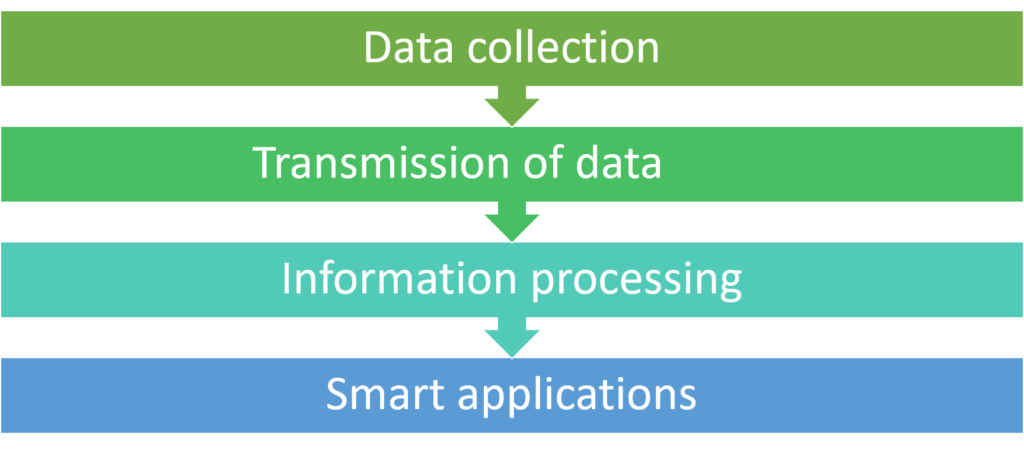
How an ecosystem of digital devices is created with IoT
IoT is a rapidly growing ecosystem of digital devices that are bonded and can communicate with each other.
This technology has enabled us to create innovative solutions for various problems, such as healthcare, education, energy management, and transportation. It has also enabled us to build smarter homes and offices by connecting physical objects like lights, thermostats, and cameras to the internet. With this technology, businesses are now able to provide better customer service through intelligent sensors that monitor usage data in real time.
The implications of IoT are far-reaching and will continue to be explored as more smart devices become available on the market. It has already made an impact in many fields around the world; it will be interesting to see how it further changes our lives in the future. The below elements are said to be vital components of the ecosystem:
- Sensors and actuators
- Connectivity
- IoT cloud
- Devices and interface
- Analytics
Sensors and actuators are the vital elements that make robots. Refer to our article, how to build Robots using two fundamental elements to learn more.
Why IoT is important
As previously emphasized, IoT devices can measure, monitor, and respond to data in real-time. This allows us to gain a deeper understanding of our surroundings and make better decisions in various streams.
It has become an indispensable part of our lives as it provides a secure, reliable network for communication between objects connected to the internet. This technology enables us to interact with the world around us efficiently. Moreover, it also makes it possible for us to automate certain tasks that would otherwise be difficult or impossible to do manually. By using IoT, we can create smarter cities, reduce energy consumption and save resources in industries such as manufacturing, agriculture, power distribution, etc.
In the last year 2022, the supply chain was the most accelerated vertical of IoT.
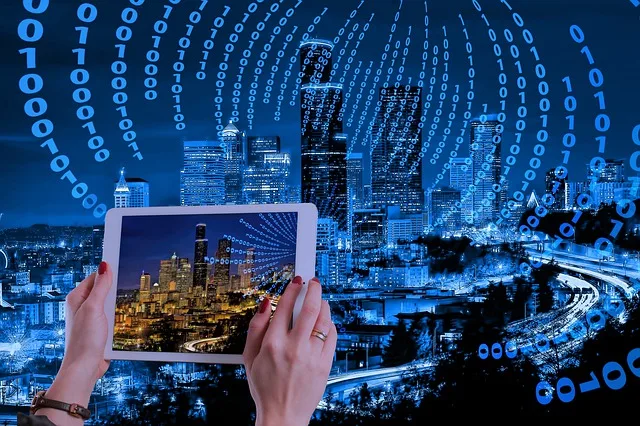
Will IoT impact sustainability?
As the world is advancing towards sustainability, the integration of IoT is seen as a crucial driving force. This technology can help identify inefficiencies, reduce consumption, and boost performance in various sectors. By using sensors, it can monitor the usage and production of energy from renewable sources such as solar and wind power. It can also monitor water consumption levels or air quality to ensure the proper utilization of resources.
Moreover, such devices can predict weather patterns for better planning when it comes to agricultural production or energy usage during peak hours. This will lead to a more systematic use of resources while reducing the impact on the environment. Hence, IoT has great potential in helping us reach sustainability goals in an effective and timely manner.
Which IoT platform is best
As businesses become increasingly connected, the need for an efficient and reliable IoT platform has grown. With so many different options available, selecting the right one can be a daunting task. To make this decision easier, it is necessary to consider what type of platform best suits the needs of your business.
Depending on the size and scope of your project, you may need an open-source platform or a cloud-based solution with integrated analytics capabilities. Also, consider scalability and security features when determining which IoT platform is best for your business. With careful consideration and research, you can find the perfect IoT solution that meets your needs. Top giants have developed cutting-edge platforms for IoT like GoogleCloud, Blynk, openremote, Particle, IBM, ThingWorx, etc. Choose the best one according to your desired features and pricing.
Can IoT work without the internet?
The answer is yes. Even without an internet connection, IoT can streamline processes and improve productivity. Through a set of protocols such as Bluetooth or ZigBee, IoT devices can communicate with each other and send data back and forth without relying on an internet connection. This makes it possible for companies to save money by not having to invest in costly infrastructure for their network. Additionally, because these protocols are relatively low-power, it’s possible to deploy them in areas where there is limited access to the internet or none at all.
Let us know in the comment section if you want to learn about any specific aspect of IoT.
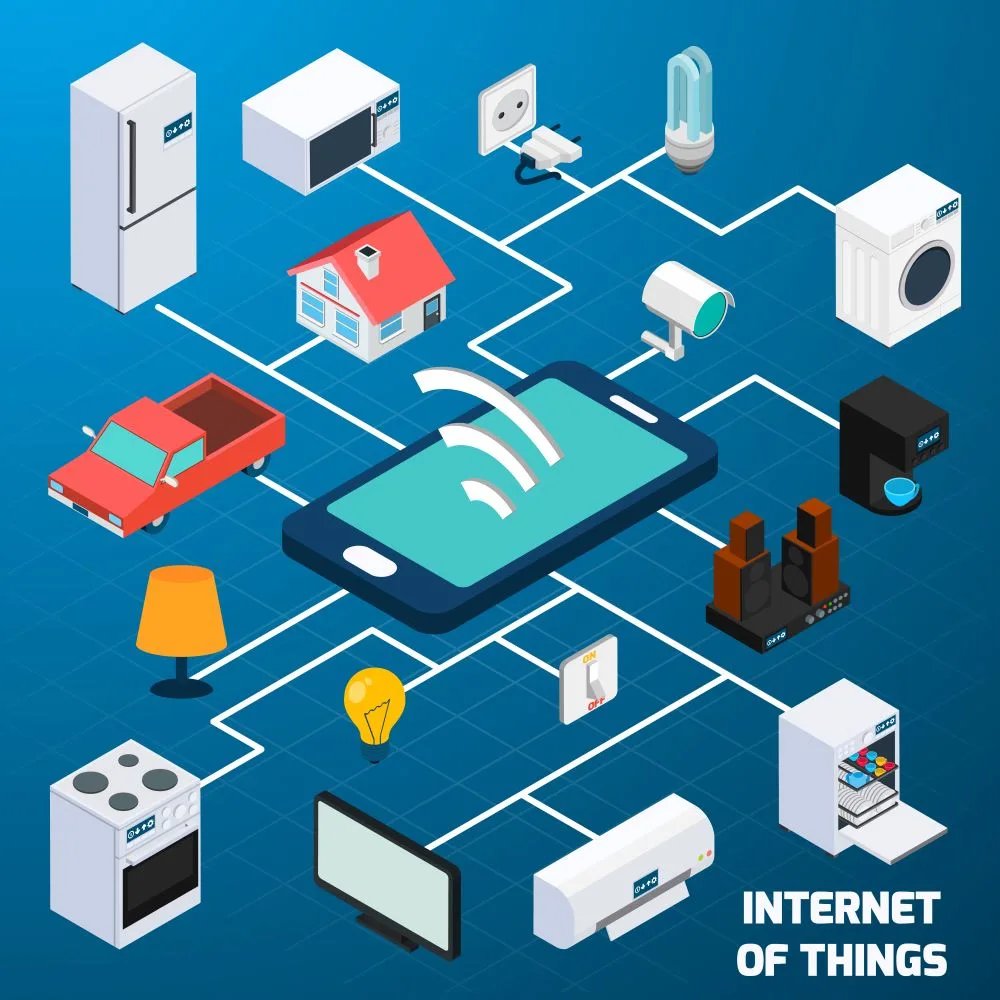
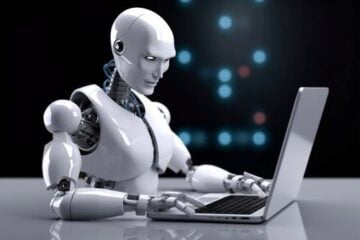
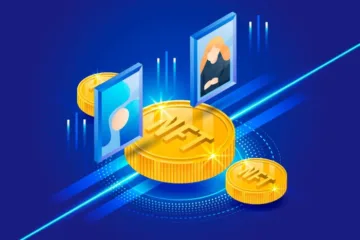
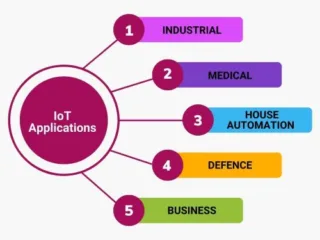
[…] Internet of things (IoT) is the latest term emerging from the outbreak of smart things. Simply put, it’s a process that allows communication between sensors and electronic instruments via the internet to ease our lives. It uses the internet and smart machines to offer creative solutions to diverse threats and problems associated with businesses, private industries, and governments across the globe. This article will explain the basic structure and top IoT application domains. […]
[…] Read more, know these 11 IoT FAQs to be smarter. […]
[…] 4.0 is the fourth industrial revolution driven by the Internet of things (IoT), the latest trends, and technologies. It combines digital, virtual, and intelligent performance to […]
[…] Wireless and IoT technologies can only be supported by wired infrastructure. The infrastructure and digital connectivity in a […]